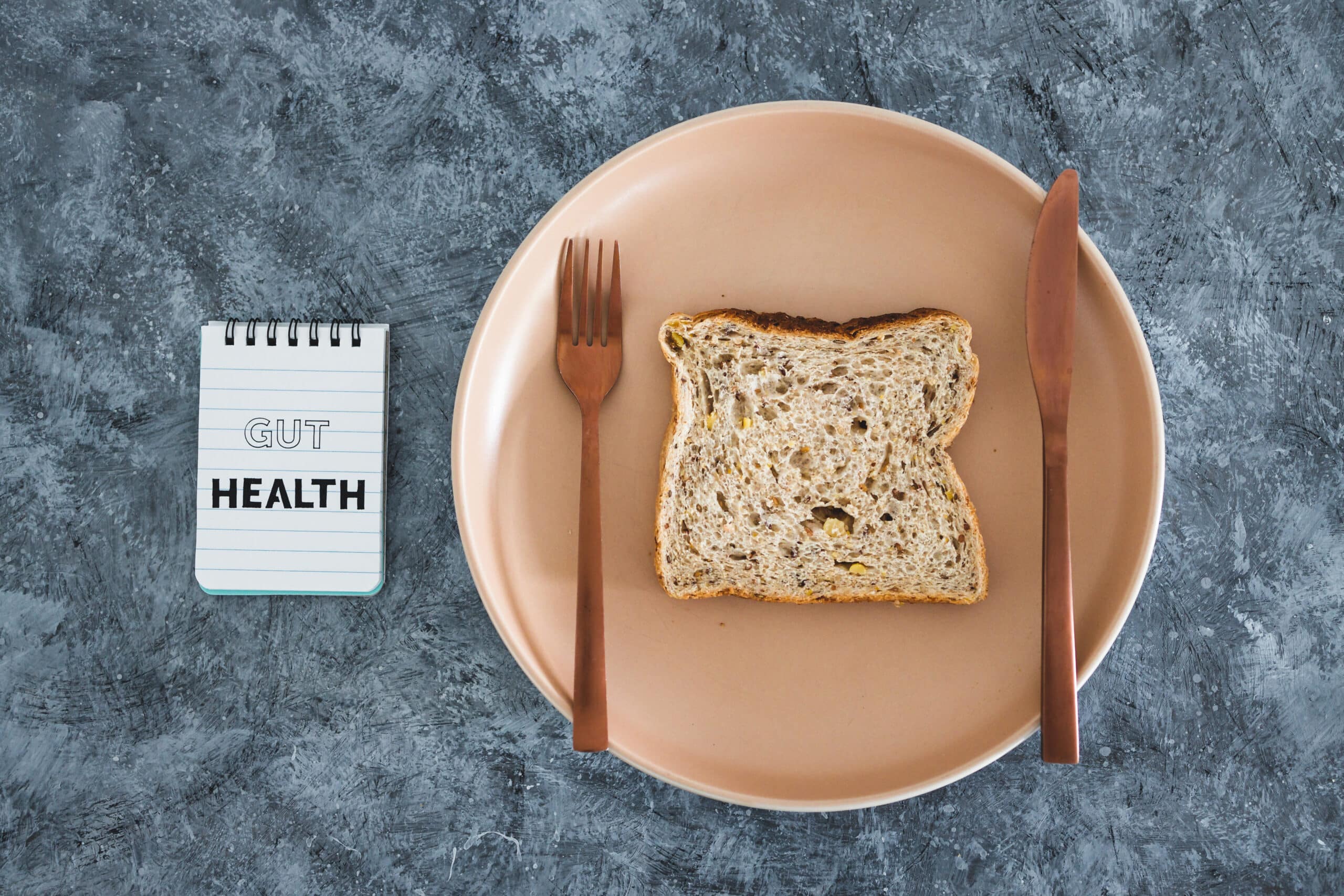
By CSIRO Gut Health Team
Did you know there is a global focus in the way which scientists view your gastrointestinal system (gut) and how it affects your health & wellbeing and, equally importantly, your risk of disease? As described by CSIRO, ‘good gut health’ is best described as the optimal function and balance of bacteria across the digestive system that promotes your personal well-being and helps to protect you against serious illnesses.
CSIRO has been working for over 30 years towards understanding the role of nutrition, gastrointestinal physiology and health with our research continues to be at the forefront of new knowledge in this dynamic and exciting area.
This includes working to understand the role of resistant starch, in particular the novel food BARLEYmax® in promoting good gut health which is now being added to a vast range of breads and cereals to promote fibre diversity for gut health.
Firstly, what do we consider to be part of the Gut?
Most commonly, people view the gut as the midsection of the body, hosting the stomach through to the intestines including colon. However, for the purpose of our CSIRO science we refer to the gut to mean the entire gastro-intestinal tract, from start to the end, roughly 9 meters of tube folded neatly in our mid-sections. In fact, the total surface area of the gastrointestinal tract is 30-40m2 and contains a diverse bacterial population that make up the gut microbiota. Collectively these bacteria, along with fungi, viruses and uni and multicellular organism, make up the GUT microbiota. Maintaining healthy gut microbiota is critical for a healthy metabolism, brain and immune system – and that poorer gut health may increase the risk of developing chronic health conditions including some cancers, obesity and type 2 diabetes.
The gut is a complex structure that increases its available surface area for the gut to absorb nutrients from our to food as it travels through the entire gut system until these foods are broken down to smaller particles and either absorbed into the body or passed as waste product at the end.
Image Credit: iStock.com
For now, you are what you eat. While we think a lot about those highly digestible components of our diets, carbohydrates, protein and fats that we eat to provide energy, build muscle or lead to fat deposition, our gut microbiota is more interested in those components that are not digested in the small intestine but rather find their way into the colon where they can feed the diverse microbiota.
The components being referred to are dietary fibre. Dietary fibre consists largely of plant polysaccharides with various structures, none of which can be degraded by amylase, an enzyme that breaks down carbohydrate in the gut. Resistant starch also resists this digestion, and it is widely accepted as a unique dietary fibre component. While it’s important to consume a range of dietary fibre from various fruits, vegetables, legumes and grains, resistant starch is fermented extensively by the microbiota producing a particularly favourable short chain fatty acid profile, high in one acid, butyrate. This acid is used by the cells in the Colon in preference to other substrates and plays a key role in maintaining your health. In contrast to resistant starch, other fibre polysaccharides are generally fermented poorly and are not good sources of butyrate. Therefore, adding resistant fibre into the diet will feed the microbiome and increase short chain fatty acids and so promote a healthy colon and promote good gut health.
Looking for foods containing Resistant Starch?
While it is important to have a range fibre rich food in your day, try to include some of the following to build on your resistant starch intake, each day:
- Jerusalem Artichokes (Fresh or in brine)
- Rye grains
- Products containing the BARLEYmax® Grains
- Quinoa
- Chickpea and chickpea flour
- Green banana and green banana flour
- Kidney Beans
- Black-eye beans
- Adzuki beads,
- Green peas
- Rolled oats
- Cashews
- Brown or basmati rice
*We advise that the information contained does not negate personal responsibility on the part of the reader for their own health and safety. It is recommended that individually tailored advice is sought from your health care professional. The publisher and their respective employees and authors are not liable for injuries or damage occasioned to any persona as a result of reading or following the information contained.

